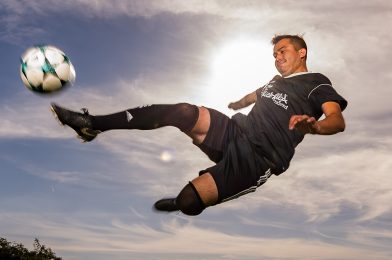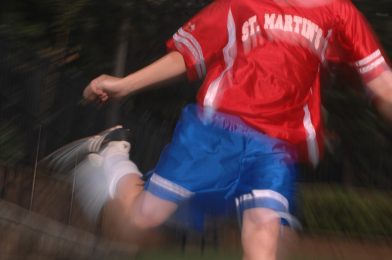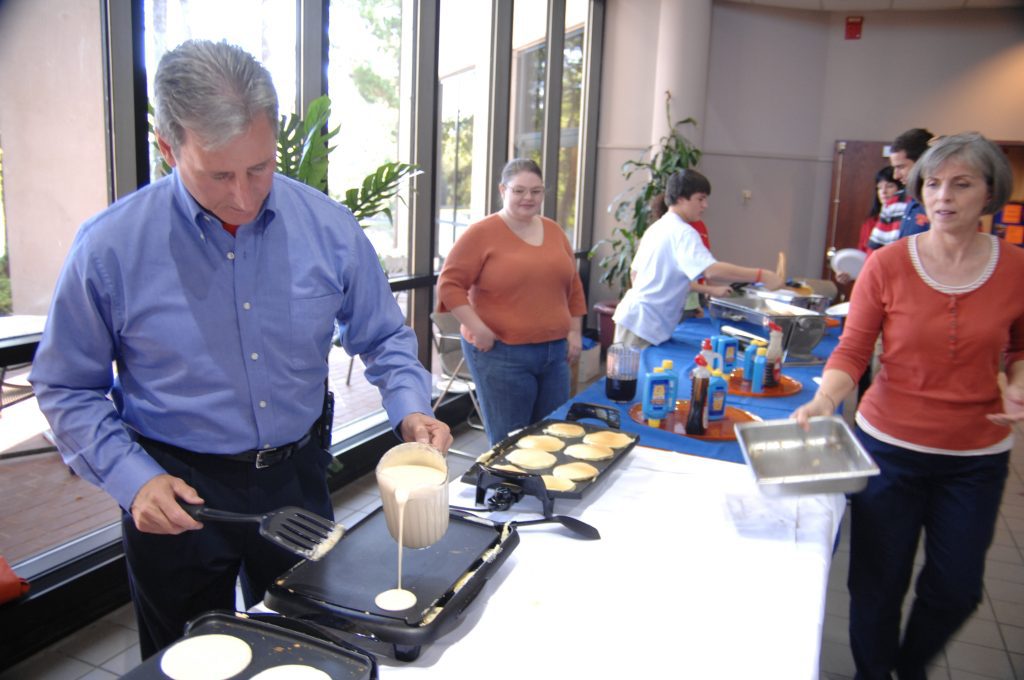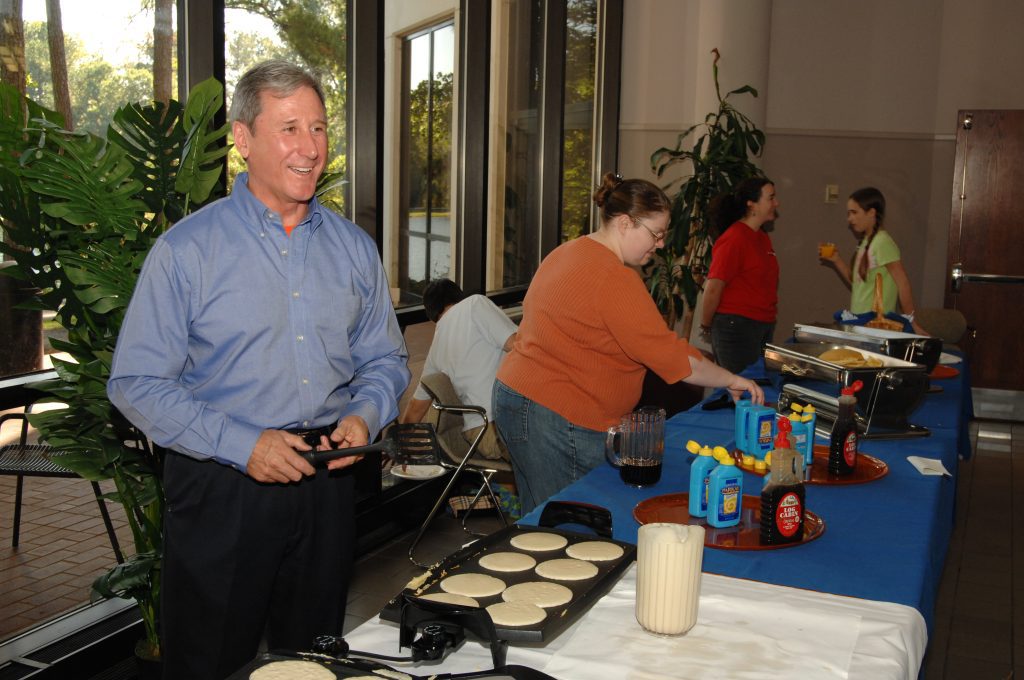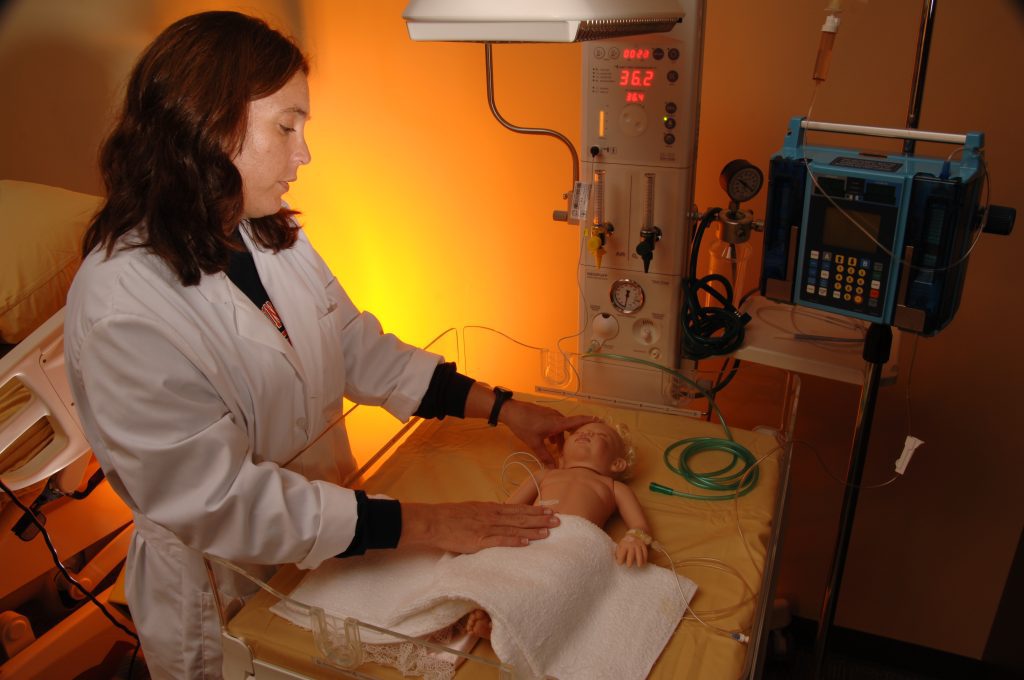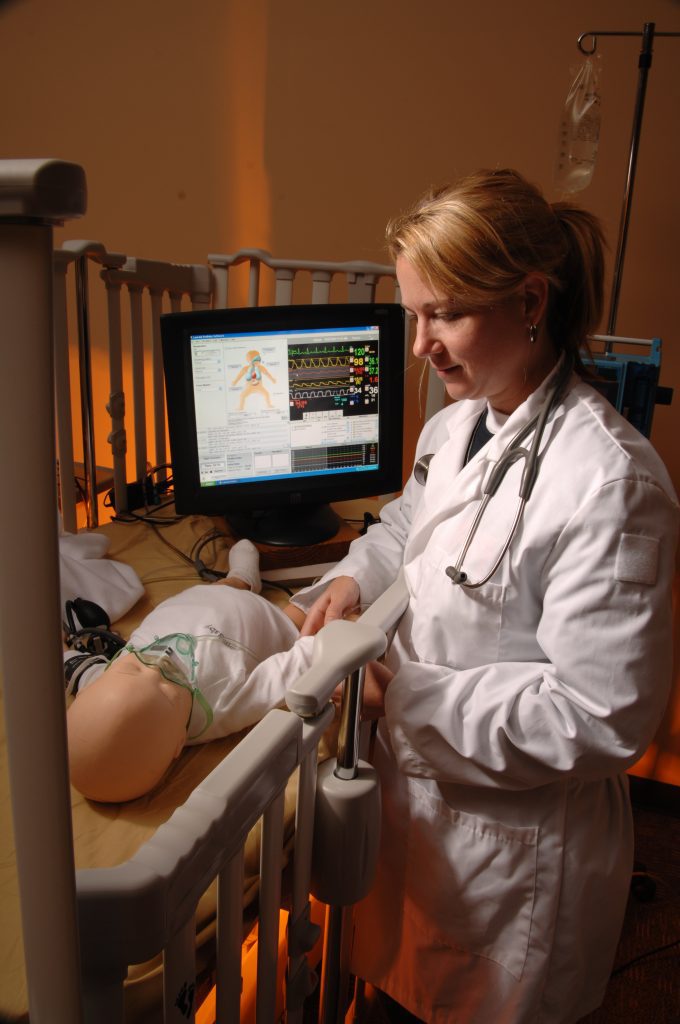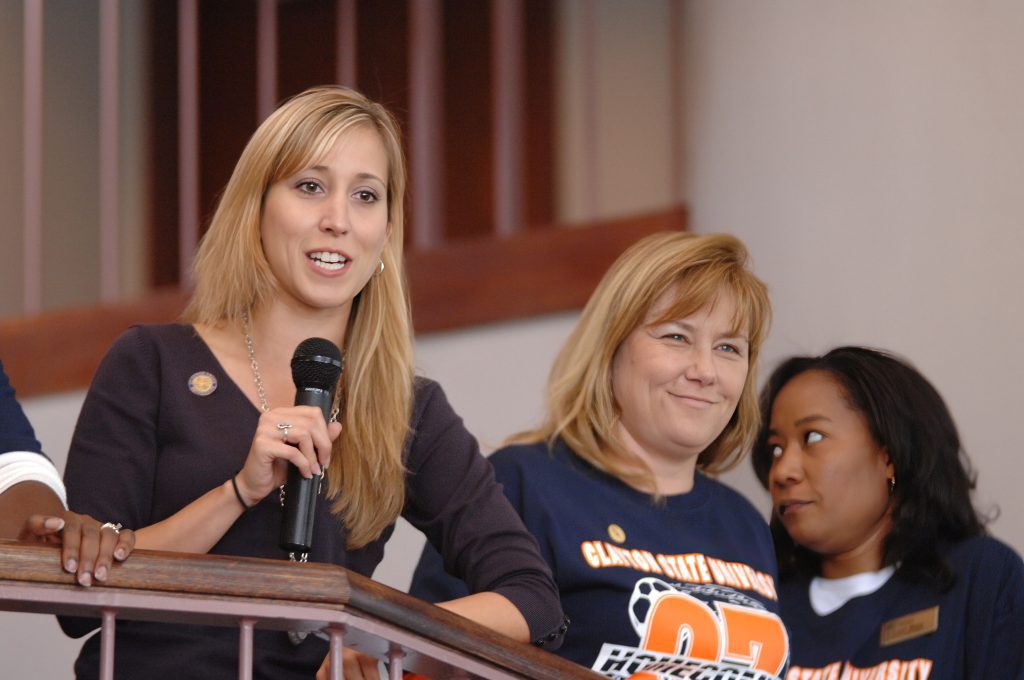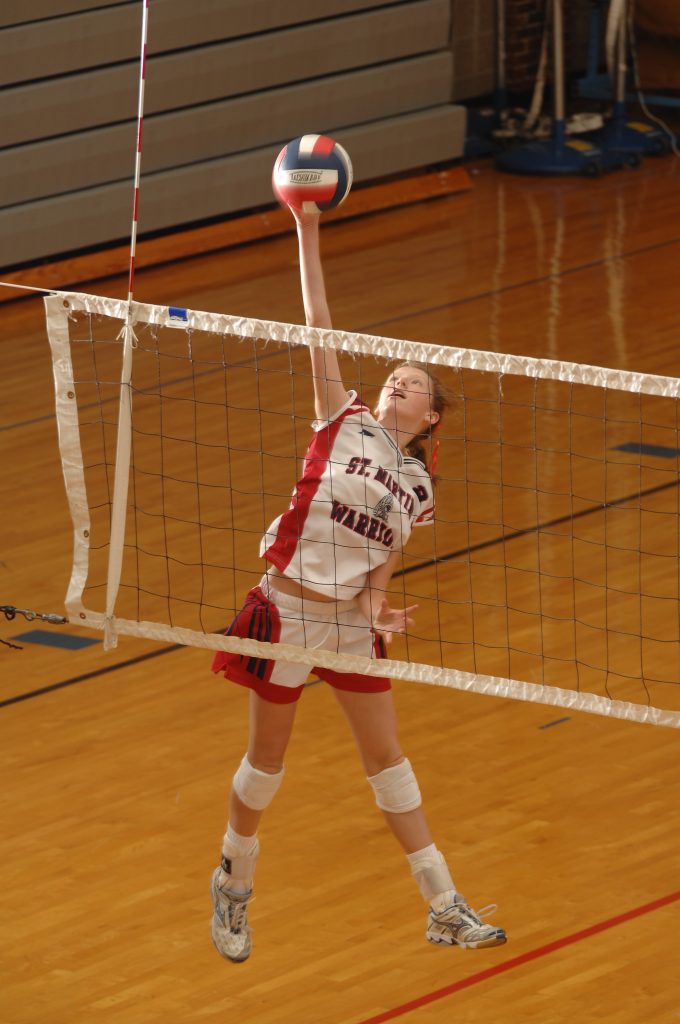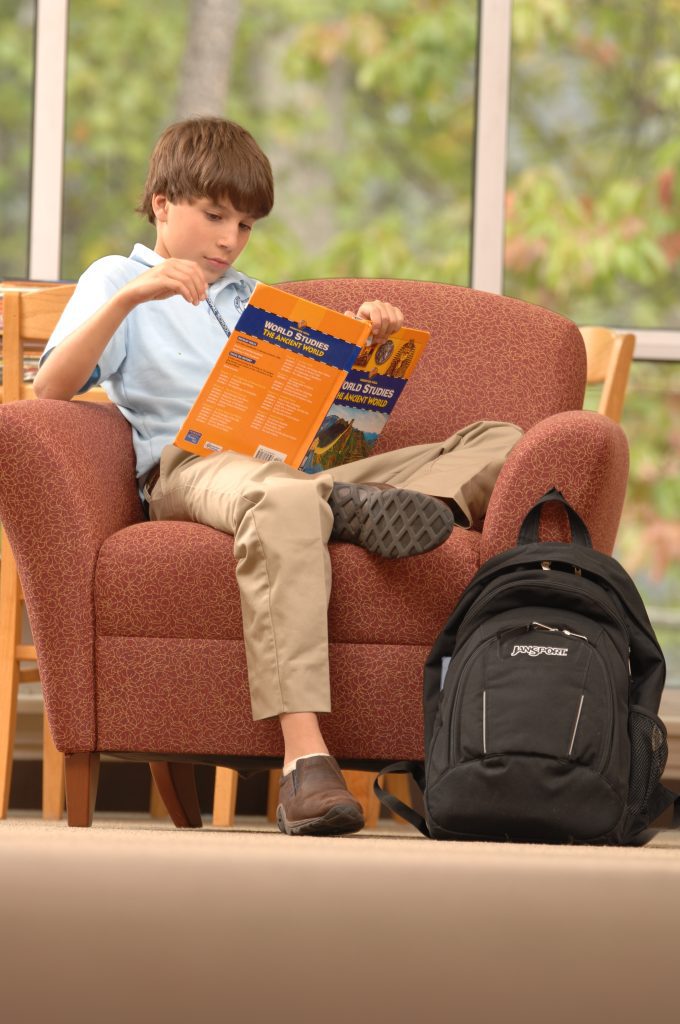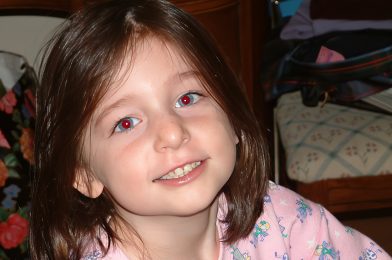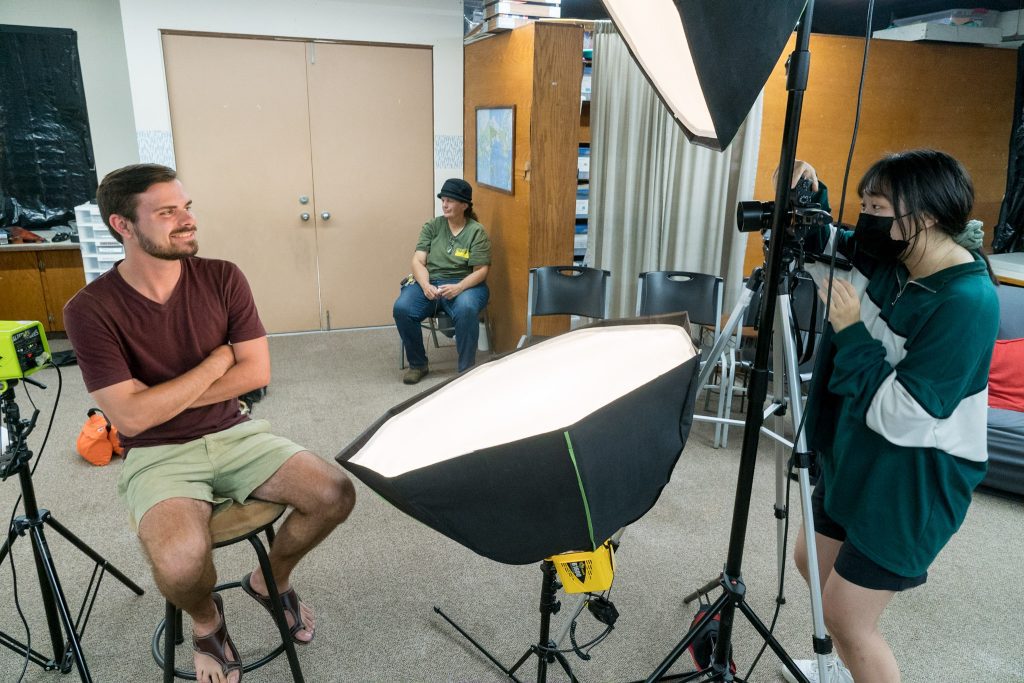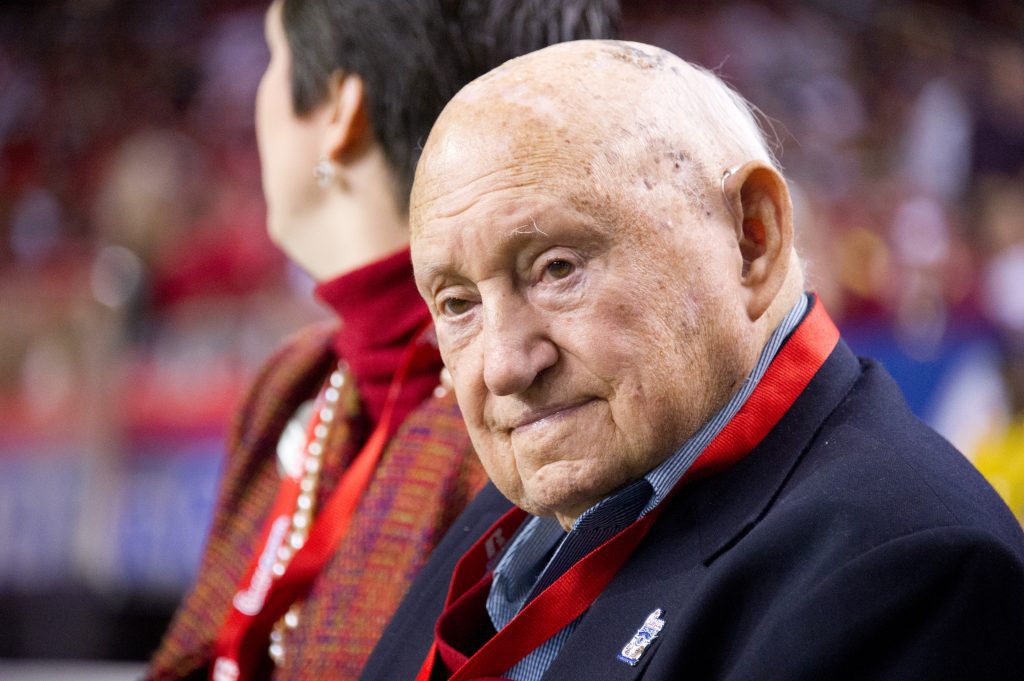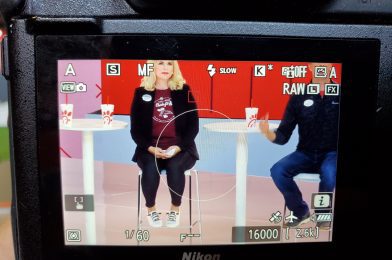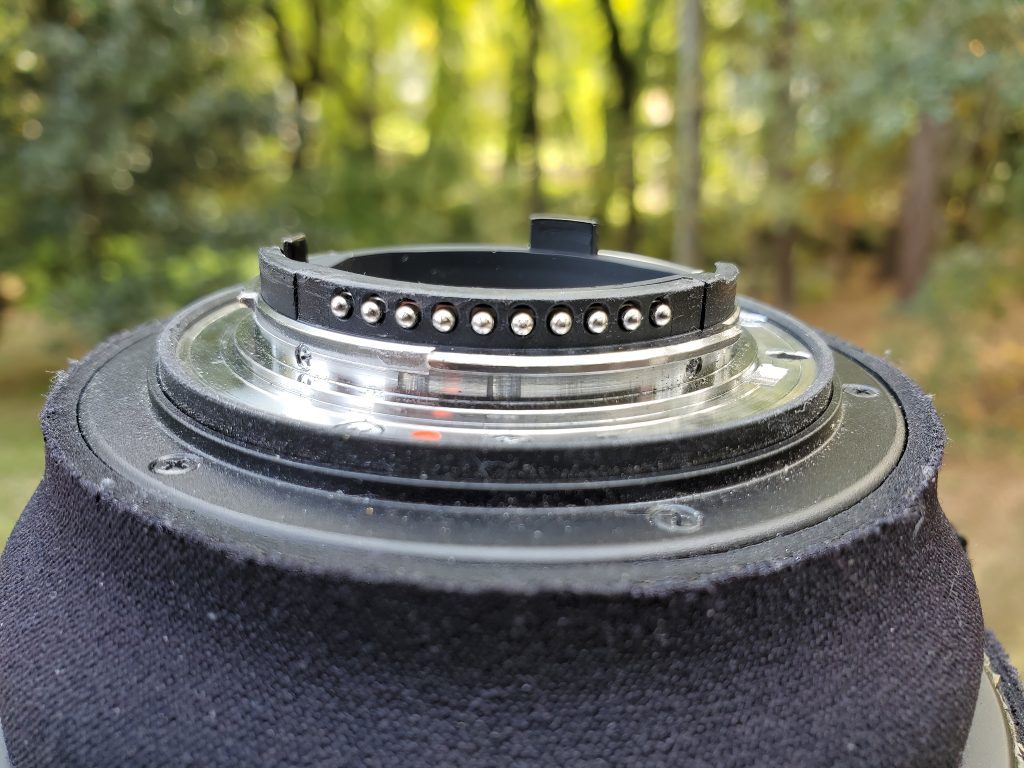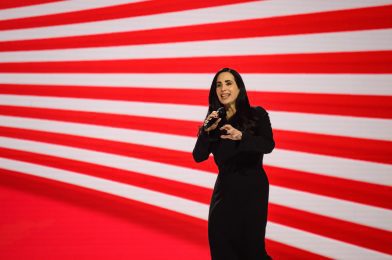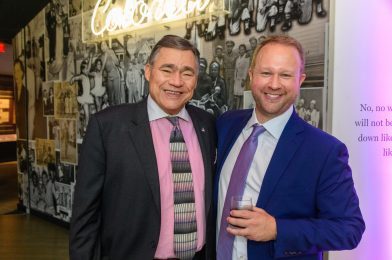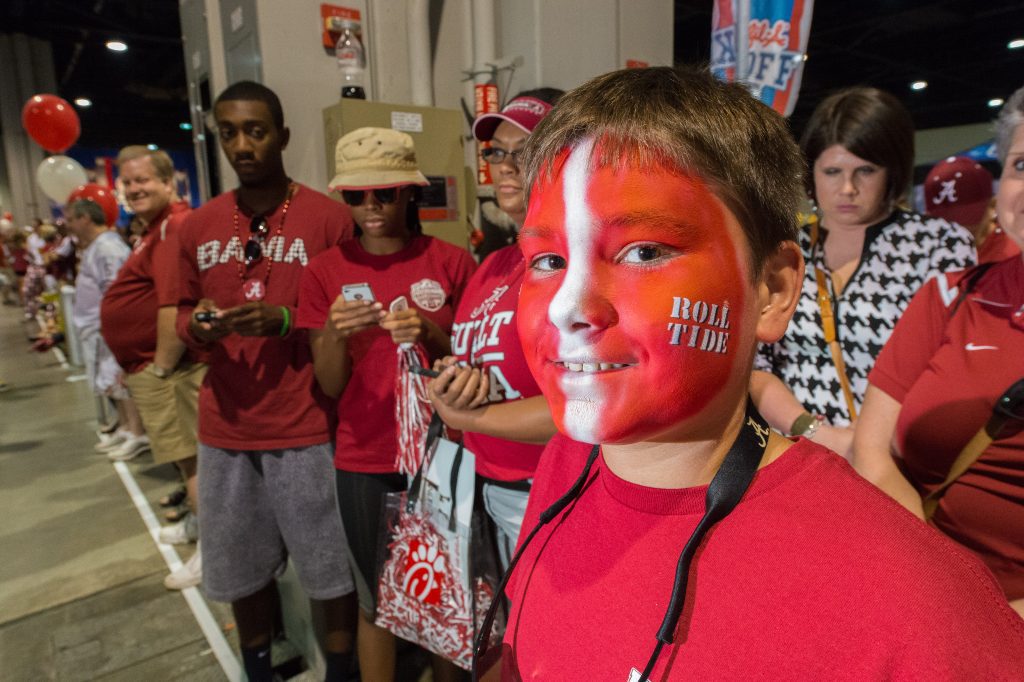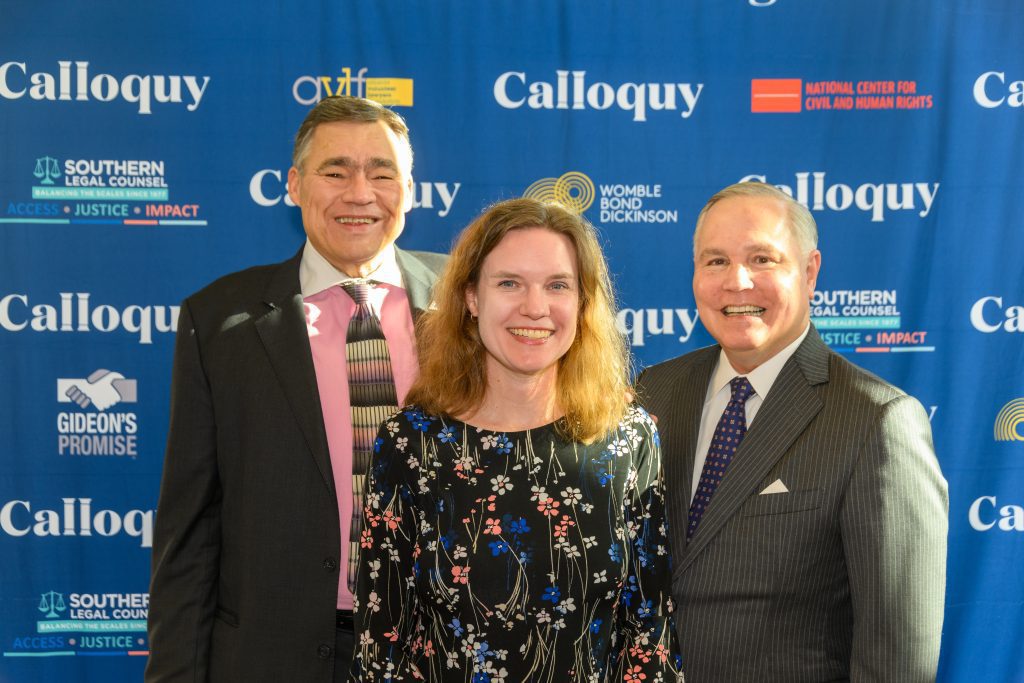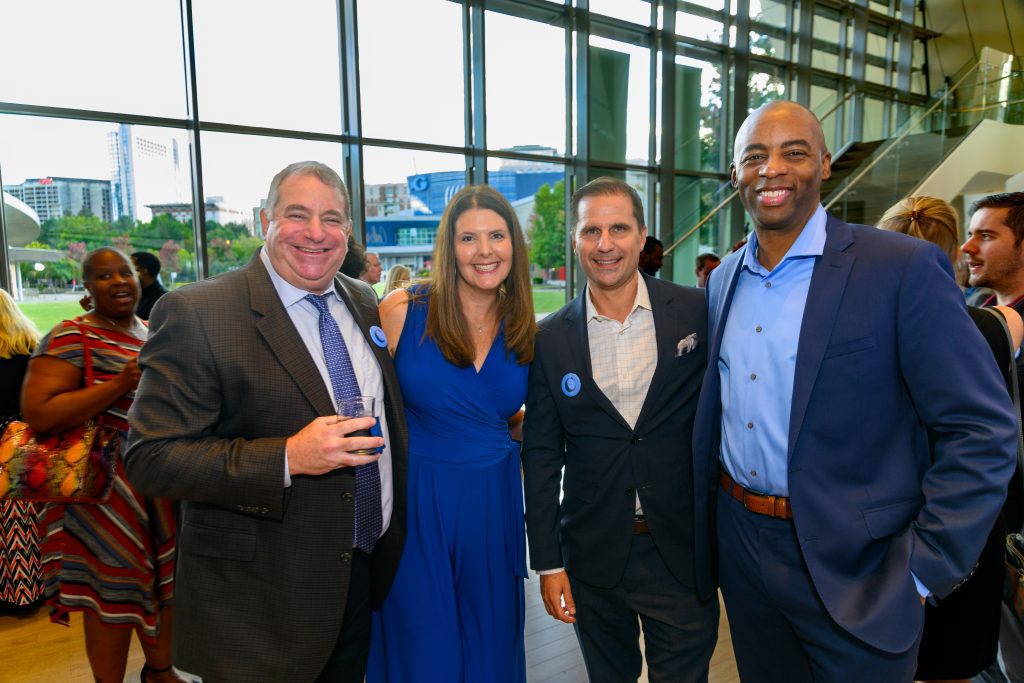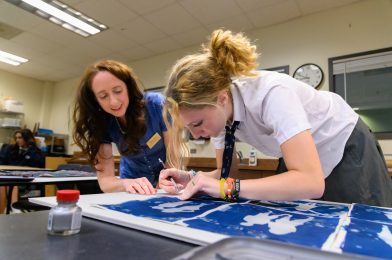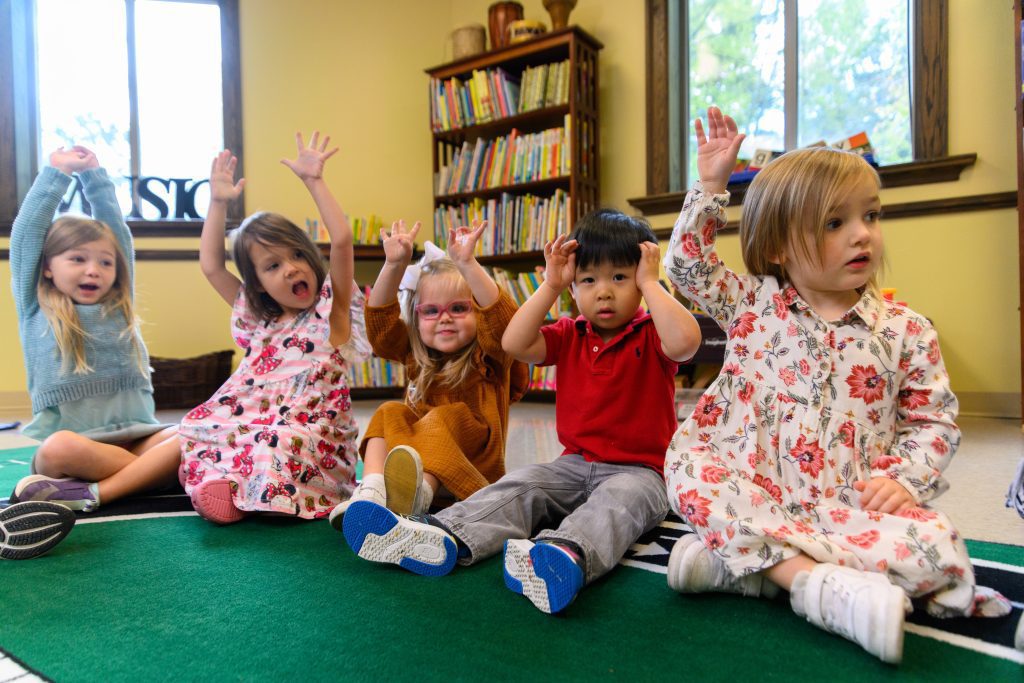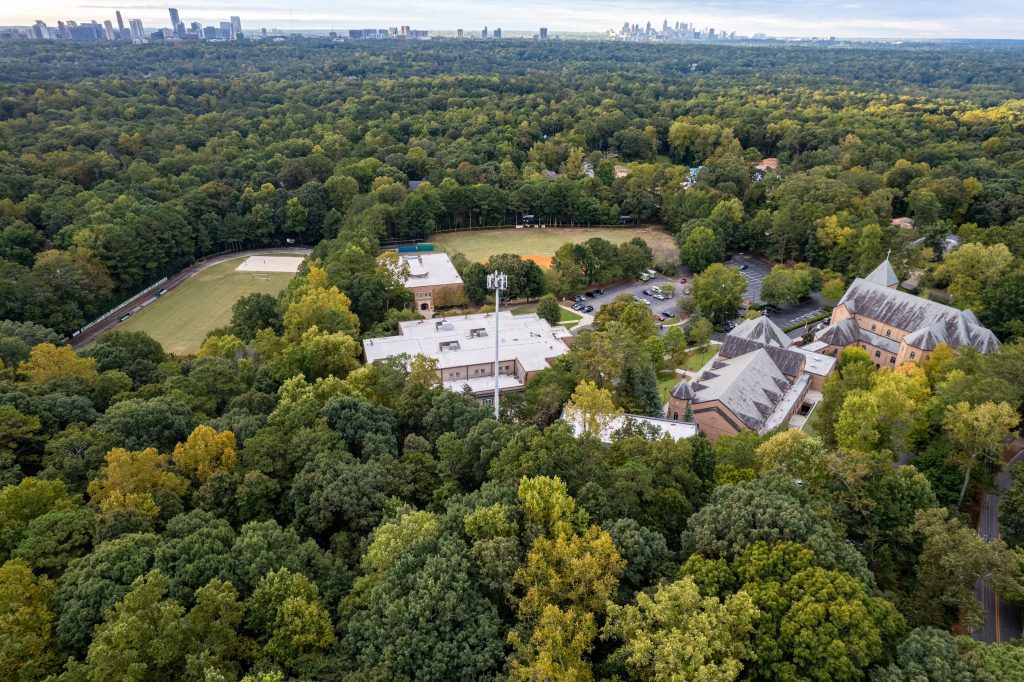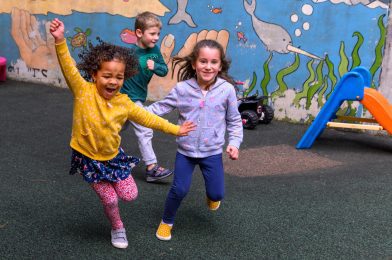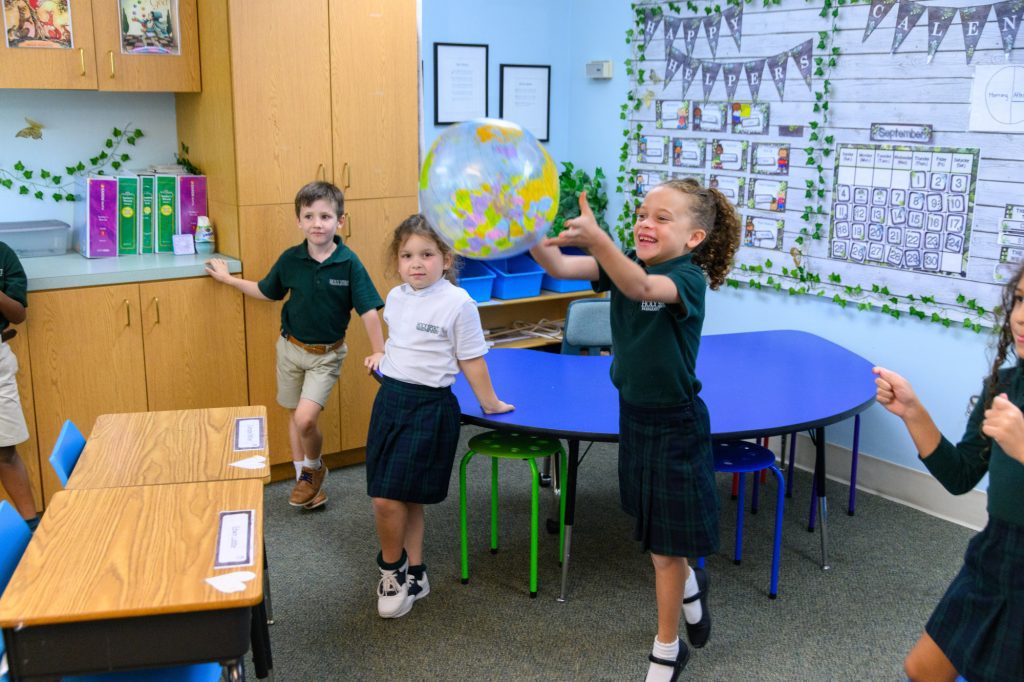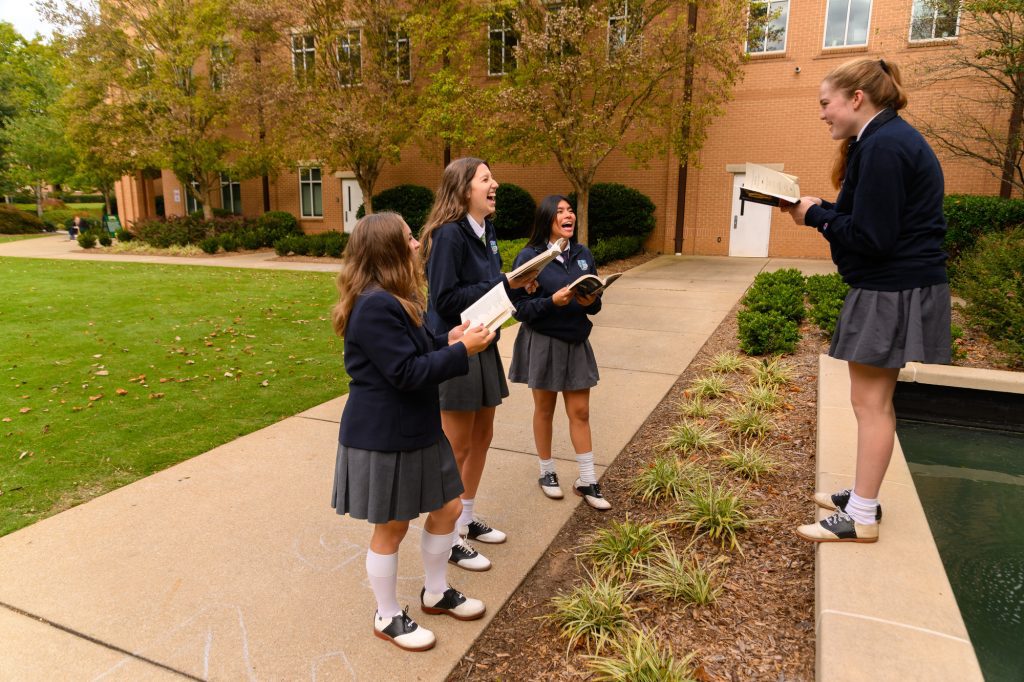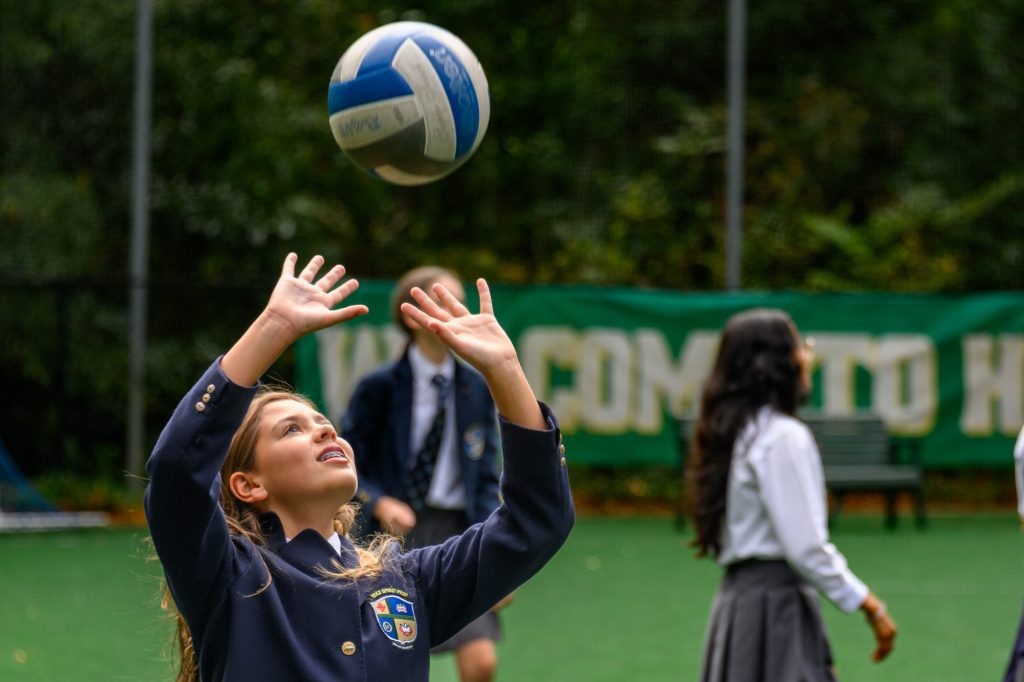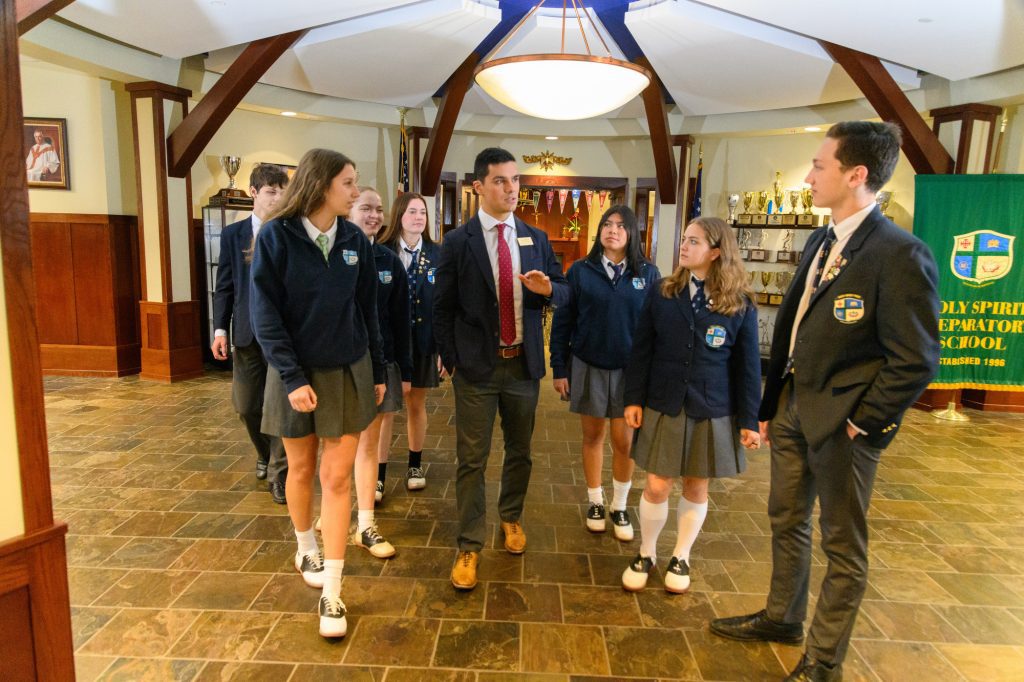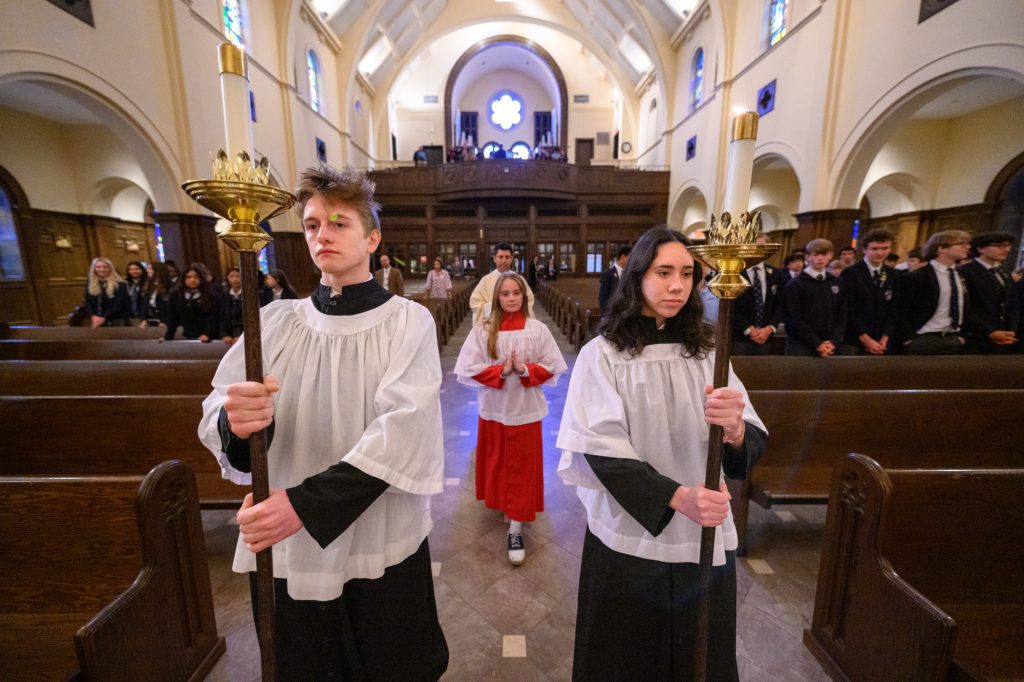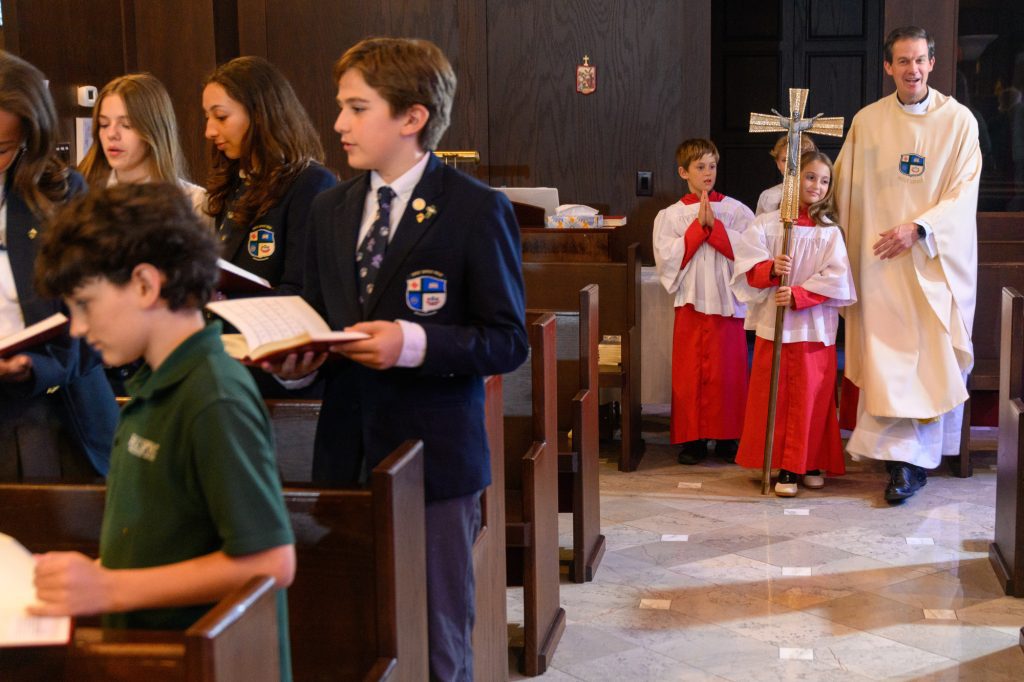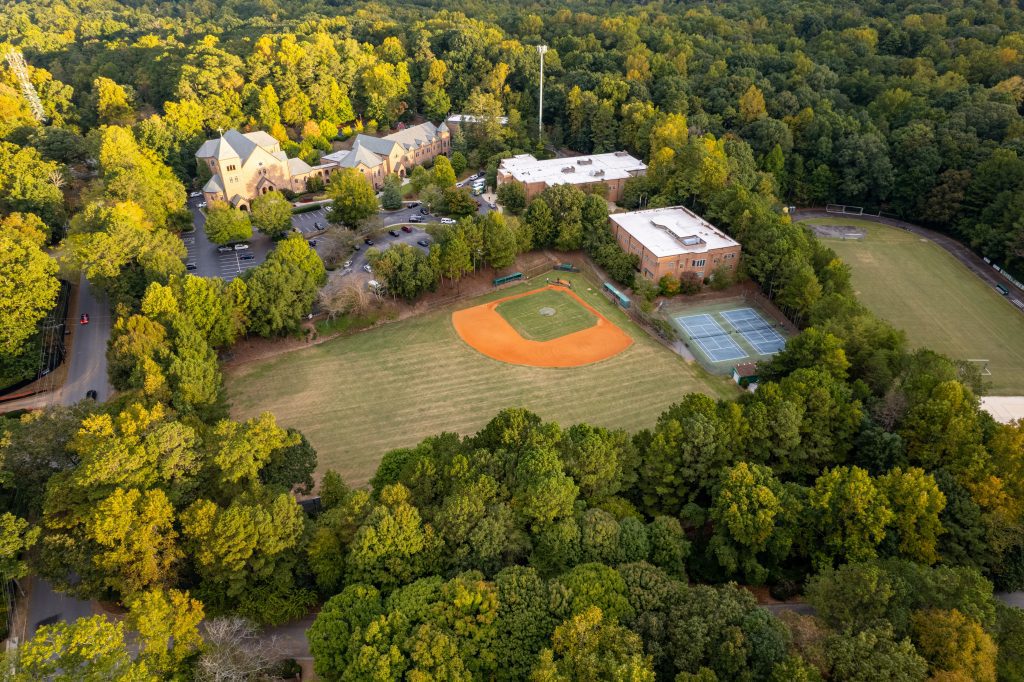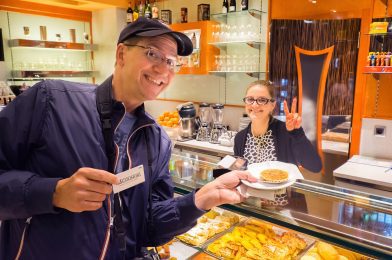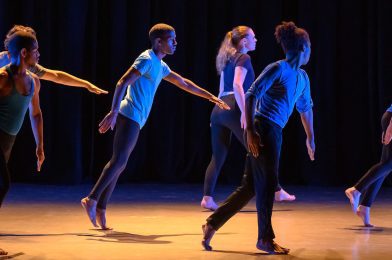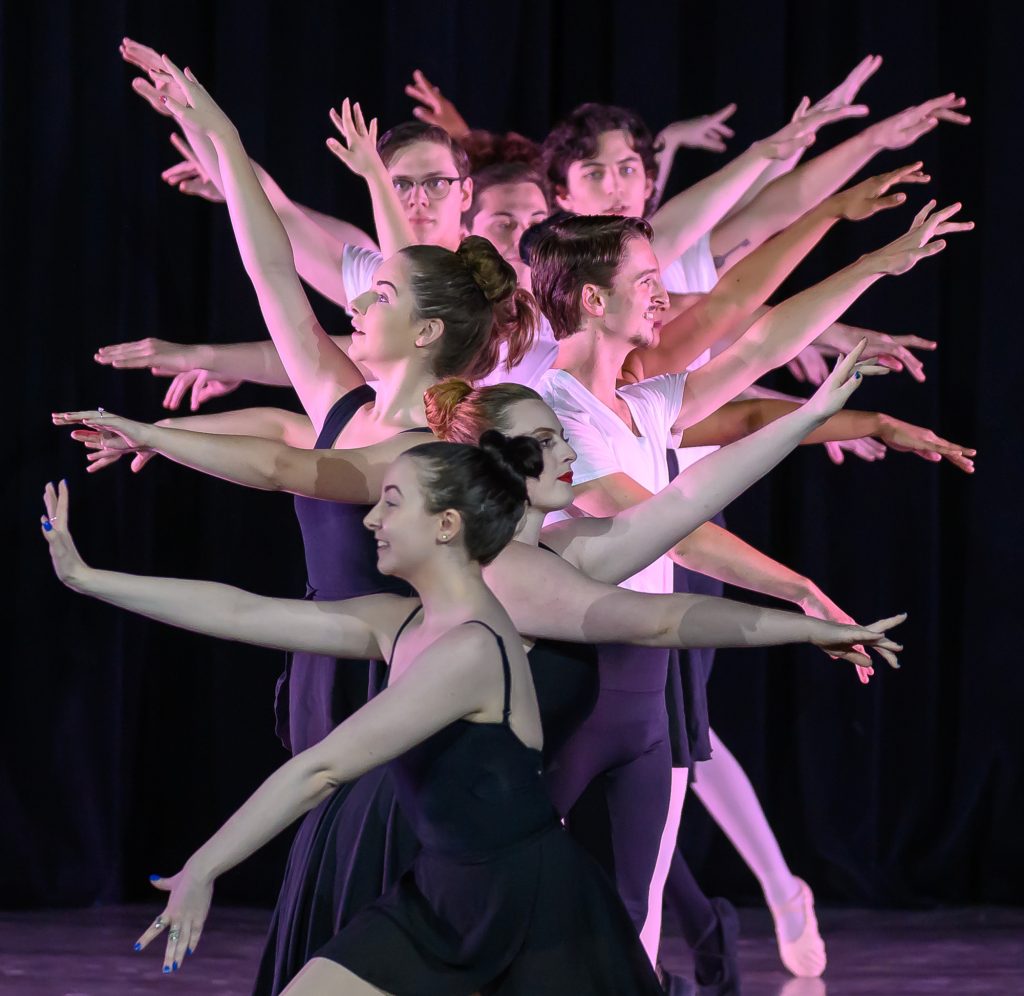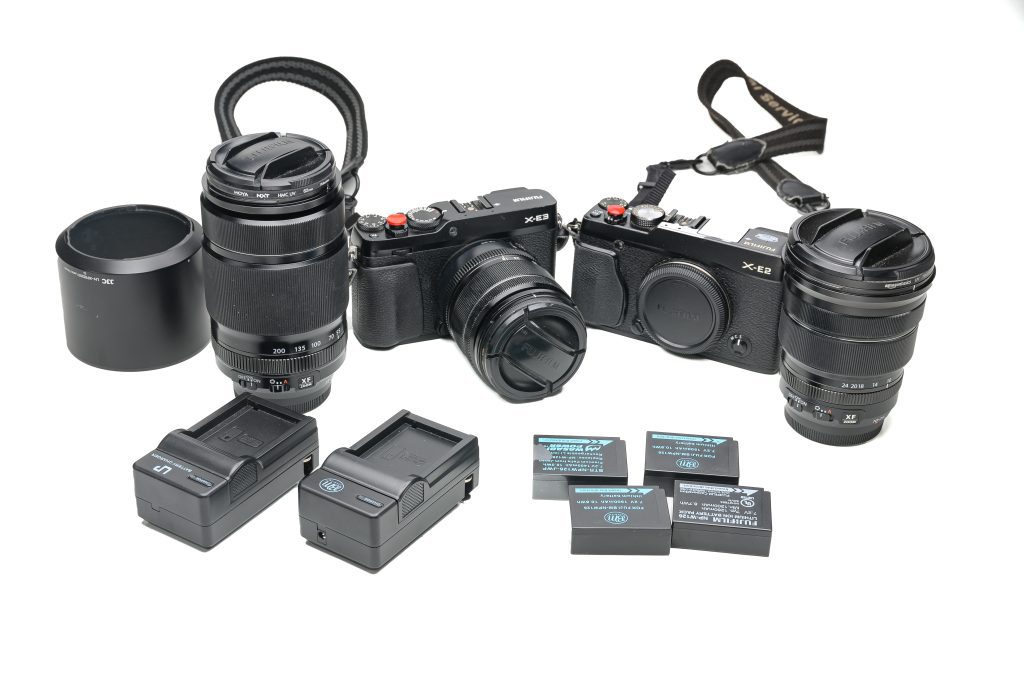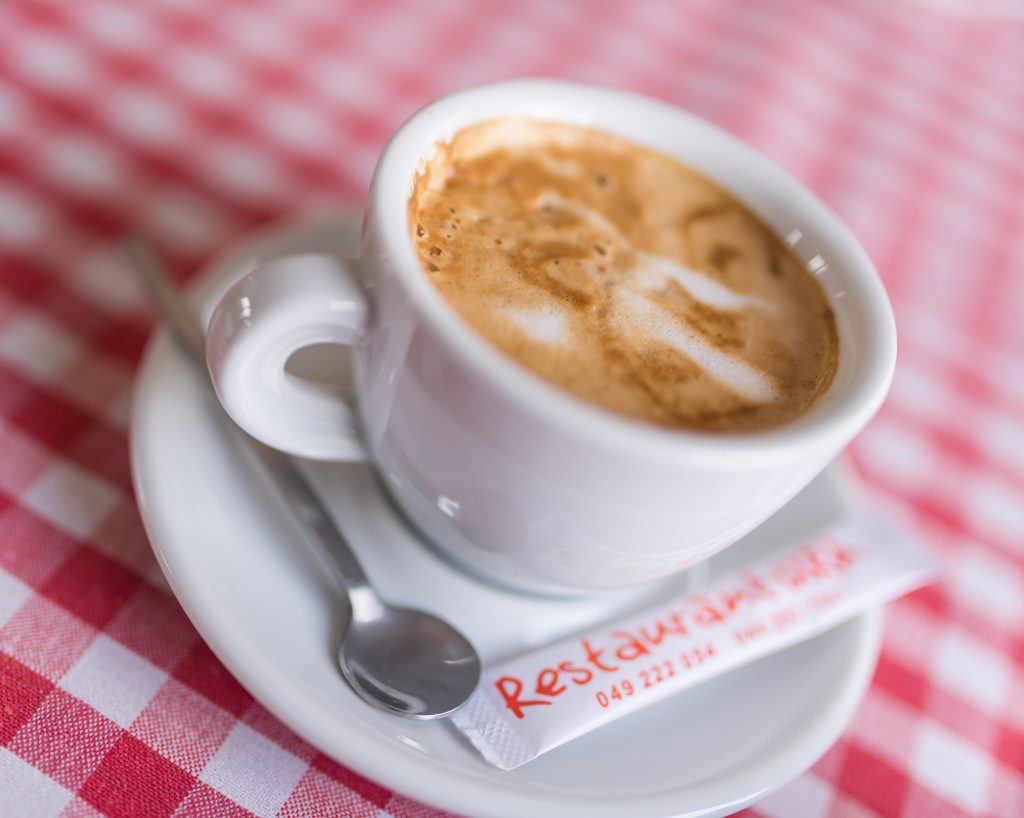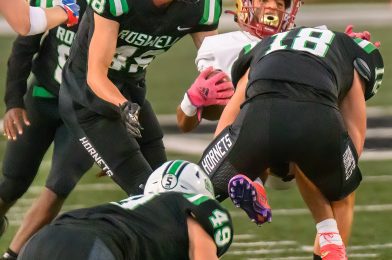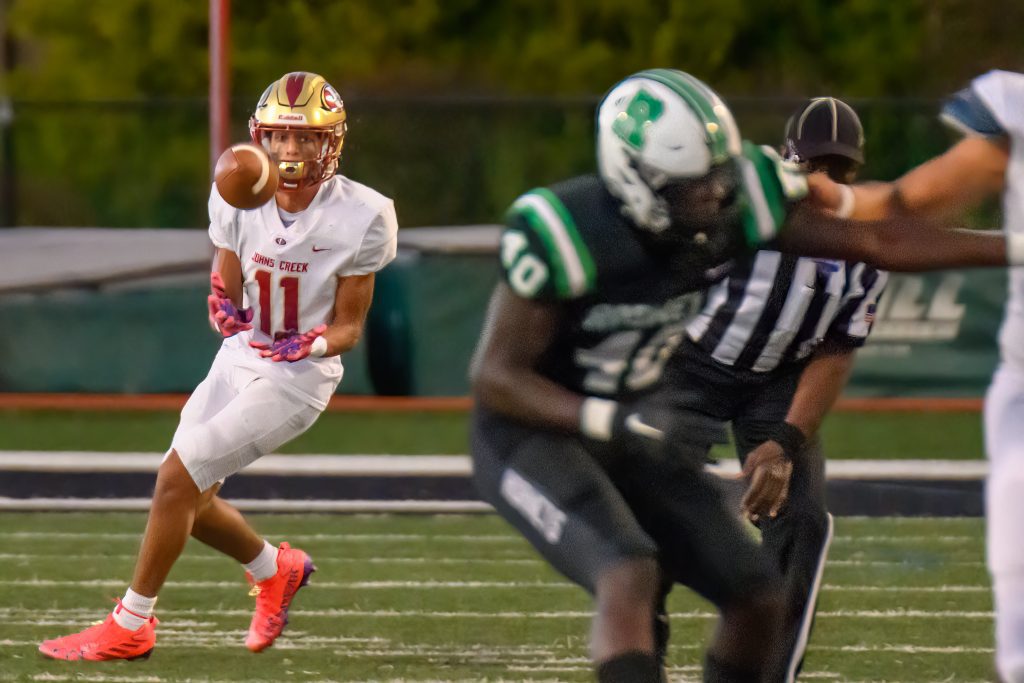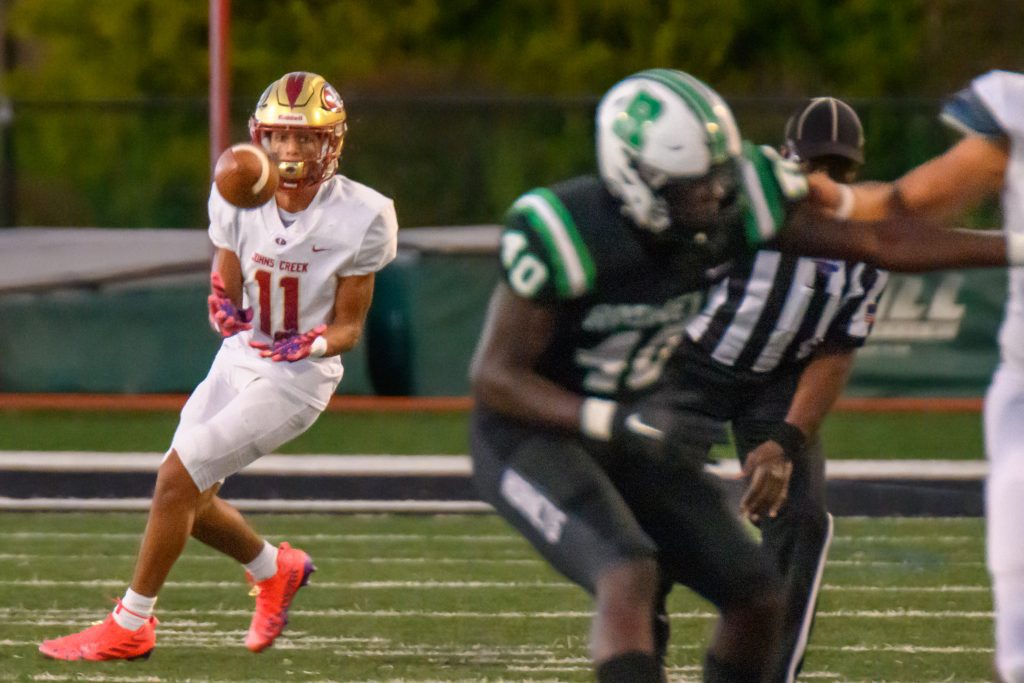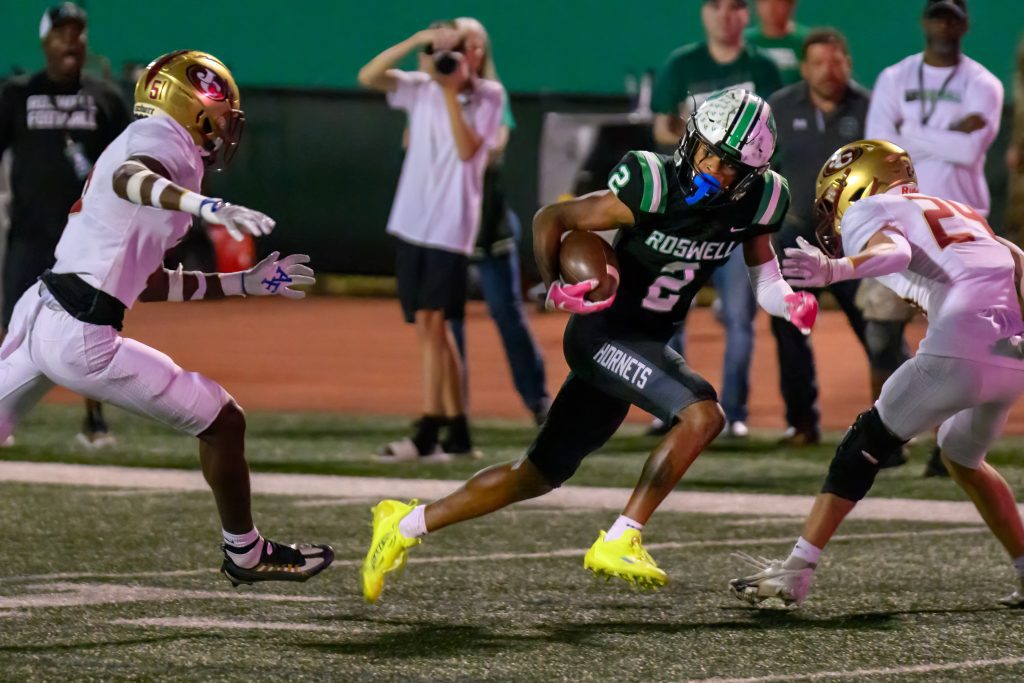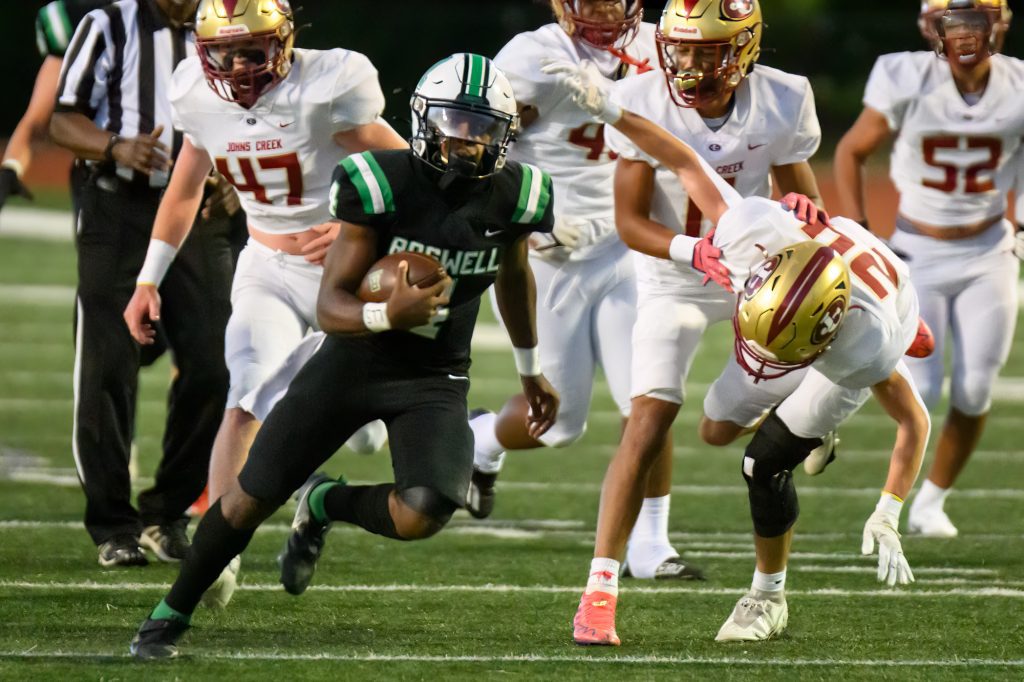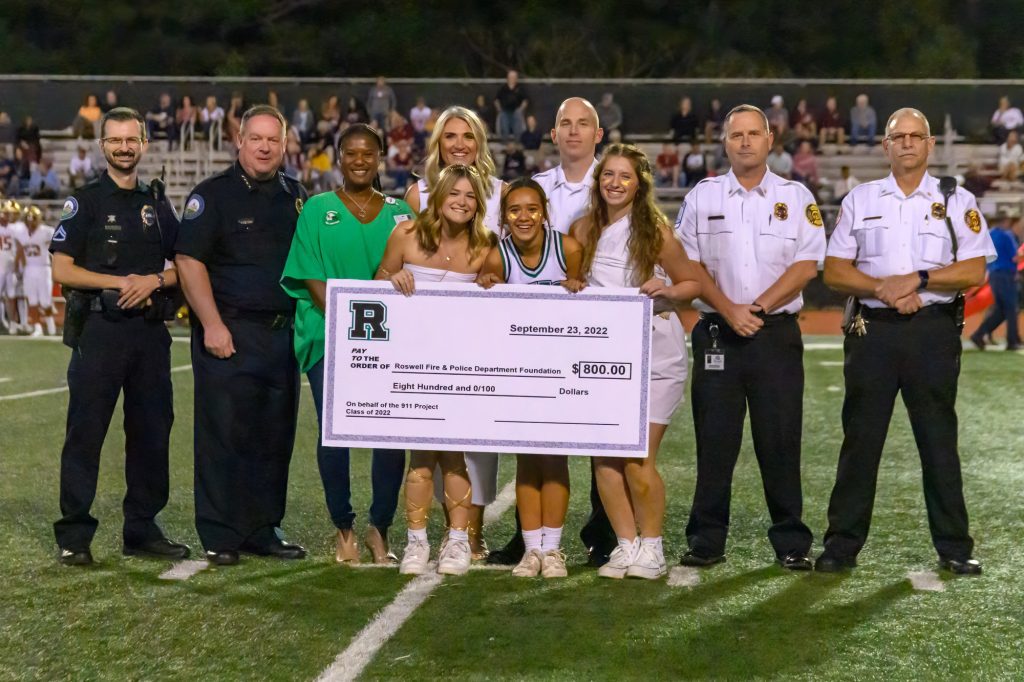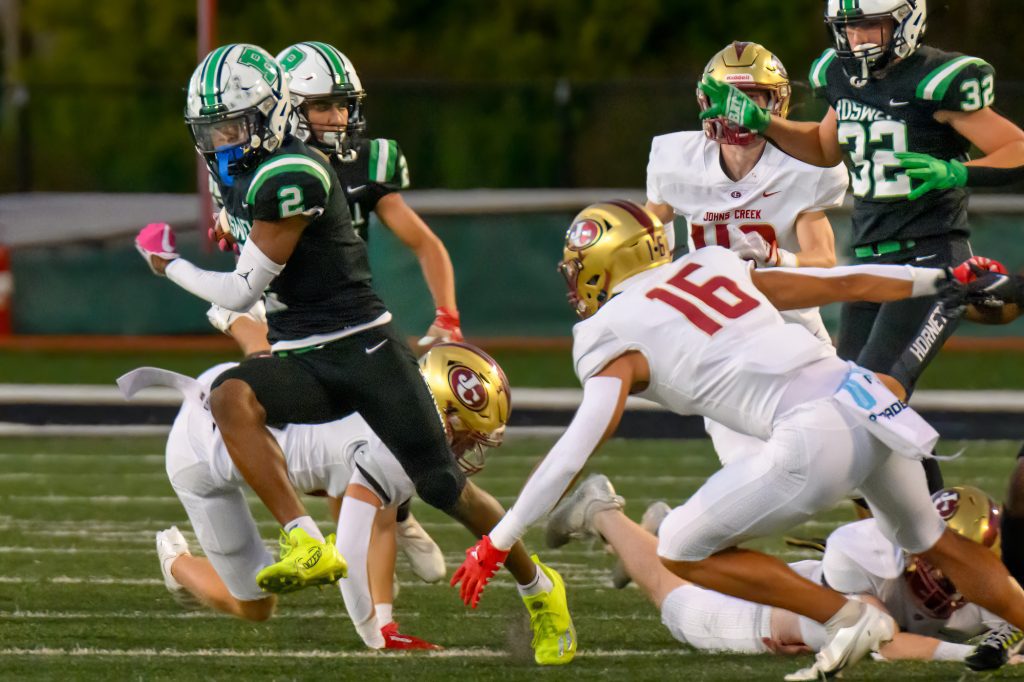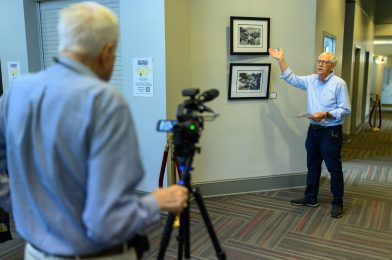My wife and I love watching the Ted Lasso show on Apple TV+.
Ted Lasso is kind to everyone he meets, even if someone is aggressive or rude to him. Even if he encounters someone like this, Lasso always seems to approach the situation to teach them a lesson and make them better rather than humiliating them or doing anything unnecessary.
Ted Lasso exudes optimistic leadership wisdom. He provides a relevant cultural example of servant leadership. Most importantly, Ted Lasso offers tangible leadership practice that calls us into emotionally authentic relationships and injects hope into our organizations.
The “Dart Game” is the place where the show gives a great example of where assumptions lead to mistakes.
Assumptions can shrink a relationship.
Curiosity can expand a relationship.
– Susannah Frost
Just because you are doing the right thing doesn’t mean life will be all about winning. Ted Lasso talks about how people had been making assumptions about him throughout his life. While it may appear in this clip that this was about sticking it to someone, it was a much more profound lesson.
Ted Lasso was asking those around him to be more curious. A few statements in that clip of the “Dart Game” foreshadow themes in the show. One of those is about how he played darts with his dad from age ten to sixteen when his father died.
Most of the show is about how people are making assumptions about Ted. However, an insight into his mental breakdowns shows he is often alone.
“And so what it basically forces you to question is what really matters at the end?
And I think what really matters at the end is kindness; how will we be human to each other during this crisis is through kindness”
– Wajahat Ali
Now while Ted does feel alone many times throughout the series, he is eternally optimistic for others.
“I promise you there is something worse out there than being sad, and that’s being alone and being sad.”
– Ted Lasso
Now that is the scene that is quite inspiring, but I want to remind you that Ted lived a very lonely life throughout the show. People around him are making assumptions about Ted and putting him down. So here is a series of those show clips that remind you how many of us can relate to the character Ted Lasso.
Assumptions can shrink a business.
Curiosity can expand a business.
– Susannah Frost
If you are in business, your assumptions and curiosity are the same things that affect relationships and are what impacts a business.
Customer service and customer experience are significant focuses of the most successful businesses. The first step is creating products and services that customers want. But focusing on customers goes beyond your products. Customers are tired of dealing with companies through phone menus and artificial intelligent answering services.
What does curiosity look like in business?
At the core of curiosity is a desire to learn more about your world. It would help if, therefore, you asked questions.
You need to use the data and information you know to help in asking why. For example, if your sales are dropping off, you must ask why and not assume.
Sometimes you need to pay to get someone to help you. A coach or mentor is one of the best things to go to when you are at a loss for what is going on with your business. Sometimes you don’t even know what questions you need to ask yourself.
New & Improved
Have you ever wondered why companies continue introducing new products that are often slightly different from their current ones?
Any time you make changes that a customer can notice you are communicating that you are improving. If they are already a fan of your business, this makes them want to engage with you more. For example, when a restaurant introduces a new menu item, most of its customers are very likely going to try it.
When I upgrade my camera, many of my customers do notice. They are excited that the photographer they are using is leading the industry.
What changes have you made lately with your business? Is there anything new that you are doing for your customers? If you are a brick-and-mortar location, have you refreshed your place with fresh paint, carpet, or furniture?
Planning
I keep up with the latest gear in photography. I want to be sure I know what is possible to do that I cannot do right now with the new equipment.
I am also studying my clients’ industries so that I know what they are dealing with and may offer suggestions on how I can help serve them to deal with the new challenges they are facing.
My pricing has built into it, reinvestment into the business. I must update cameras and computers and continue buying more hard drive storage.
I create blogs, newsletters, postcards, and I make phone calls to my clients and prospective customers.
I study the industries and look for what message I am using to engage with the audience.
Summary
As Ted Lasso says, “Be Curious.” He won that dart game because Rupert assumed Ted didn’t have the experience he had with playing darts. The message is simple, don’t make assumptions.
I am saying to go further than just being a curious person; plan and put in the time to do the research that will lead you to grow as a human being and grow your business.

